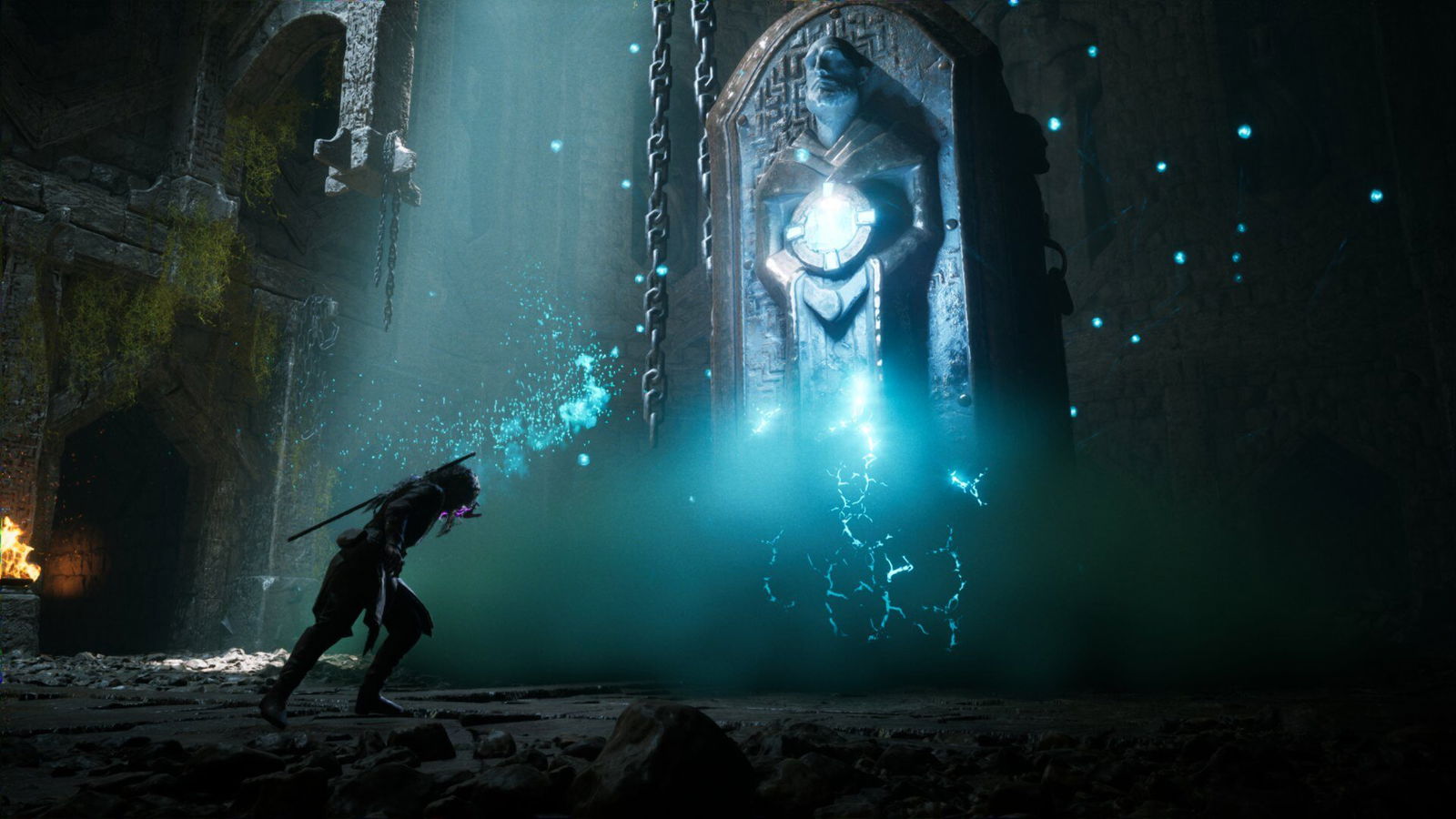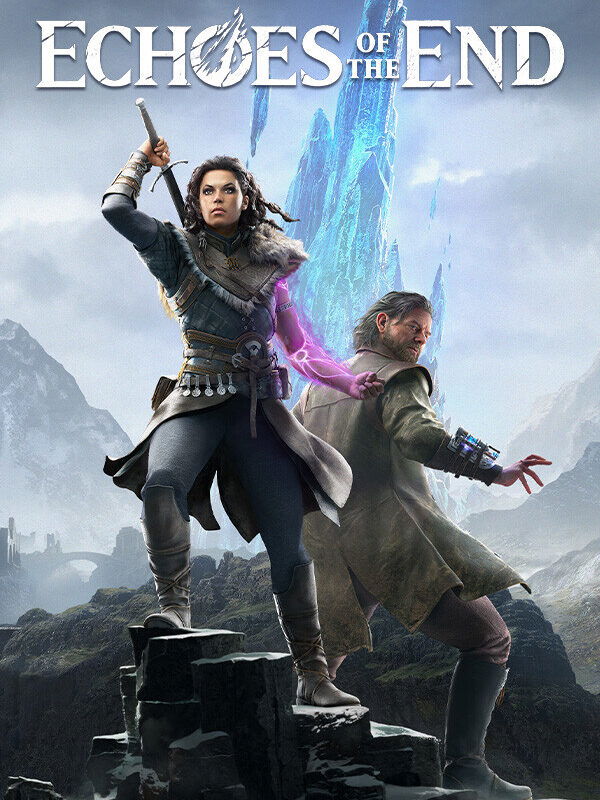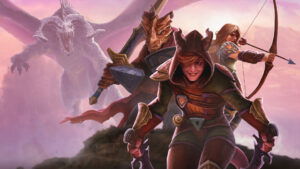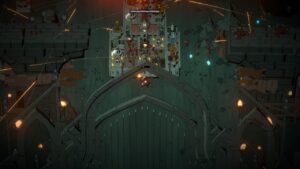I blindly went into Mykur Games’ Echoes of the End, and that was for the better. From preview reactions, some noted how this game and production could be compared to that of Sandfall Interactive’s Clair Obscur: Expedition 33. Mykur Games also had around a 40+ team size, and invested a lot of their craft into a narrative-driven AA-title. After finishing Echoes of the End, I could say there were so many creative elements and eye-catching environments—in some ways better than Clair Obscur: Expedition 33.
Echoes of the End is a cinematic third-person action-adventure game. It blends a deeply personal, character-driven story with thrilling magic and sword-based combat, engaging traversal, and thought-provoking puzzles. Inspired by Iceland, this epic adventure offers a mature, rich, and immersive experience in a breathtaking and original fantasy world.
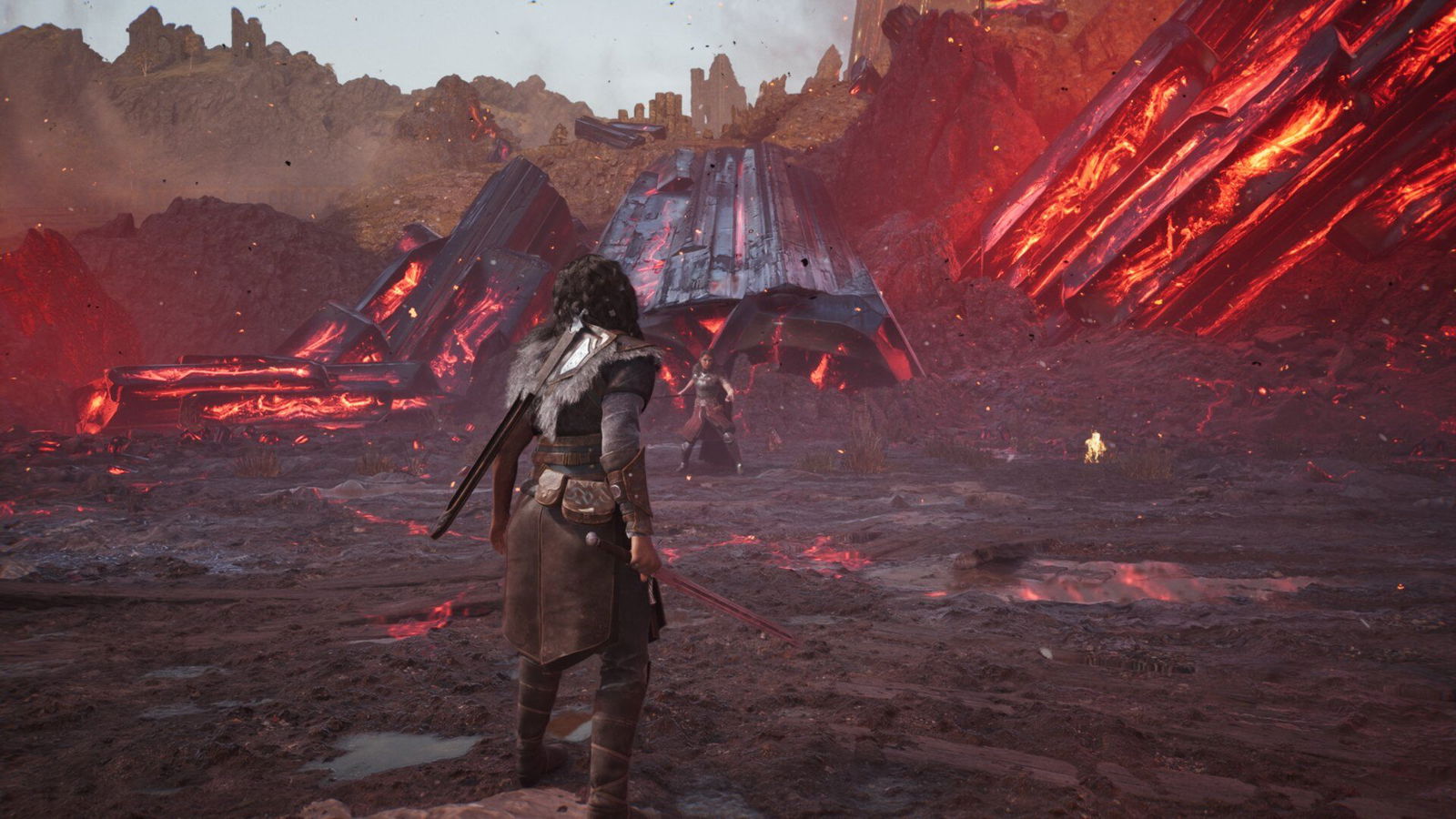
Step into the shoes of Ryn, a vestige wielding volatile yet powerful magic, as she battles to save her brother, Cor, from a ruthless totalitarian empire. Partner with Abram Finlay—a scholar and explorer haunted by his past—to uncover a conspiracy that could reignite an ancient conflict and plunge Aema into chaos. This is an immersive, heartfelt tale of trust, redemption, and sacrifice in a world on the edge of war.
Immediately, the dialogue between Ryn (played by Icelandic voice actor Aldís Amah Hamilton) and other characters proved to be the Echoes of the End’s strength. Hamilton gave her all in this lead role, acting opposite Gudmundur Thorvaldsson again—as they both were in Senua’s Saga: Hellblade II. While Ryn could be overly stubborn for most of the game, I appreciated the subtle changes in Hamilton’s tone as she warmed up to her main companion: Abram.
“Immediately, the dialogue between Ryn (played by Icelandic voice actor Aldís Amah Hamilton) and other characters proved to be the Echoes of the End’s strength.”
Even Karl Ágúst Úlfsson gave a great performance with his exchanges and quips between Abram and Ryn. I loved that throughout most of the game, Ryn refers to Abram as “old man,” adding a touch of thoughtfulness to their character dynamics—only calling him Abram when she is worried about him.
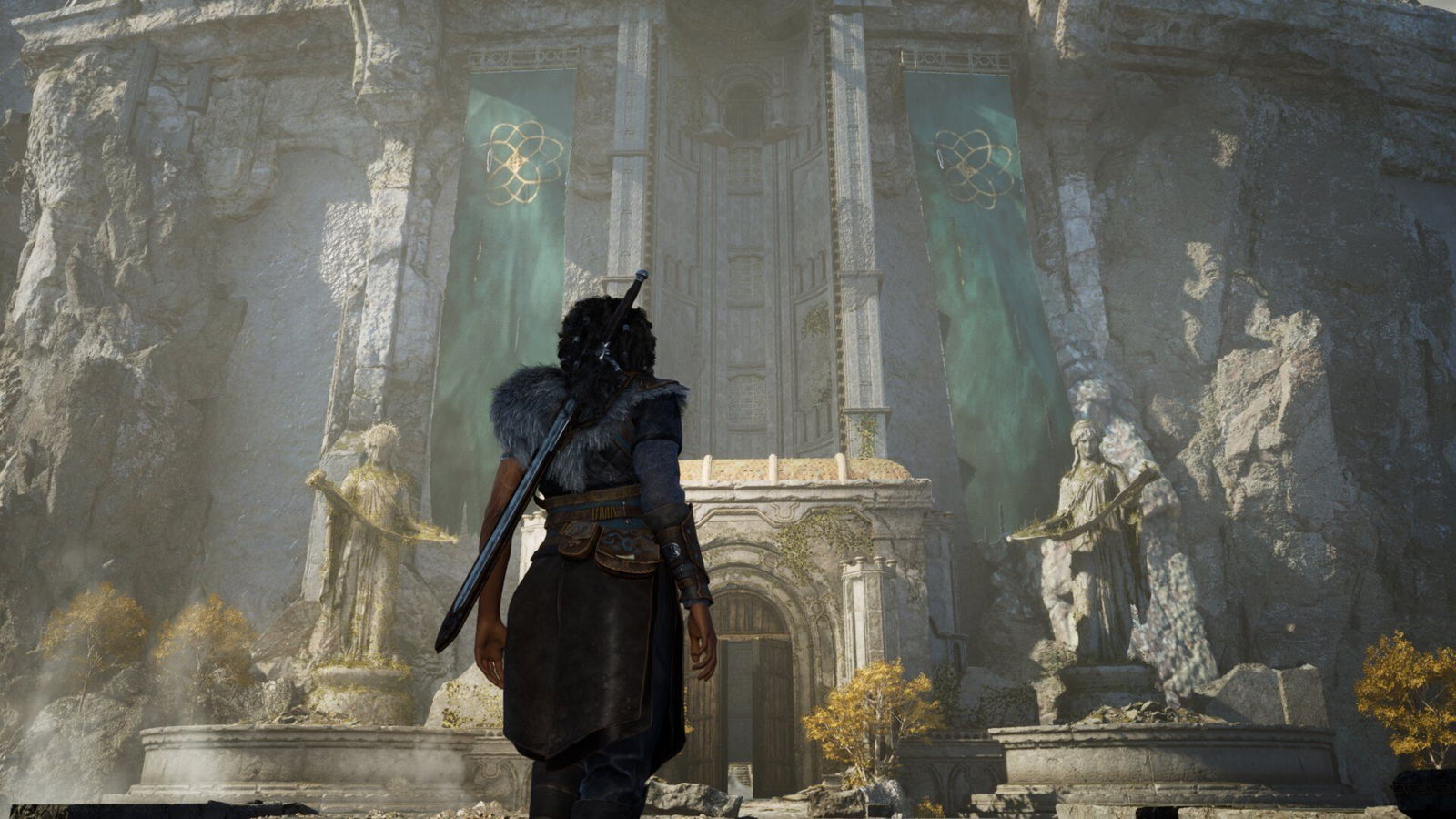
On the evil side, Sólveig Eva’s Zara must have gone bat-shit crazy in the recording booth because she went full chaotic evil in her performance. Those evil laughs will stay with me for a few nights. In a similar vein, Thorvaldsson’s Aurick built up his villainy well. He was evil, but smart evil.
Echoes of the End pulled and reeled me in because of its care to environmental design. Utilizing Unreal Engine 5 and putting the time to do photo scans of Iceland’s captivating landscapes, Mykur Games extracted the best possible ways to show off the Iceland-inspired sceneries for this game. I encourage players to stop and appreciate the views. There are optional moments to have Ryn have conversations with Abram, building their bond with a beautiful backdrop as a bonus.
Mykur Games took environmental design to the next level when one of the chapters involved traversing a volcanic map, but with shifting perspectives. With amazing graphics in Echoes of the End, those who have issues with vertigo may need to navigate this level slowly. For me, I thought this was one of the coolest chapters in the game—bringing something new to level design I had not seen in a while. The colour grading of this level was top-notch too, blending in many of the bright magma colours with a magical blue hue.
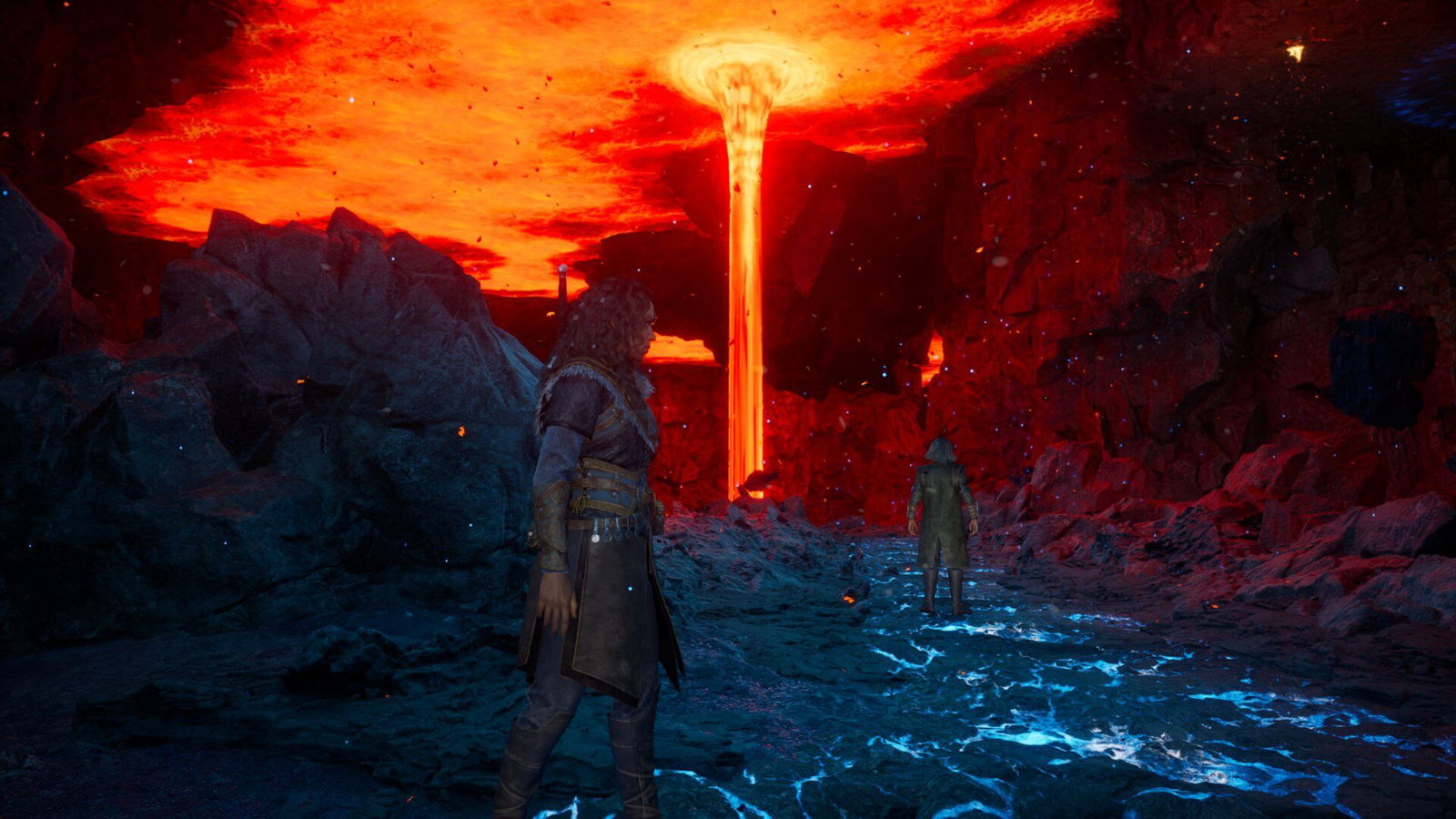
The main critique of Echoes of the End lay in its gameplay and combat system. Unfortunately, this game did not support the haptics on PC, so maybe the feedback would be better on console. However, the hits and parries felt weightless without the haptics or the visuals. Using Elden Ring as an example, you can hear when you nail a perfect parry. In Echoes of the End, there were no heavy visual, auditory, or physical feedback to make parrying feel satisfying.
This ARPG contained a nice mix of enemy takedowns when they have low health. Unfortunately, the overall combat strategy was uninspired. I was forced to always go after ranged attackers first because there was no way to parry or block the damage—at least not in the first half of the game. The ranged chip damage was brutal and annoying, and made me have a singular strategy to go after ranged attackers first. Aside from the combat, the launch jankiness could be done away with, but I understand.
“By the end of Echoes of the End, I appreciated all the Icelandic and Nordic influences—from the language, scenery/landscapes, to the aesthetics.”
I would have loved to have heard some vocal tracks backing Echoes of the End’s score, but that was me reminiscing about Sandfall Interactive’s approach. Instead, I thought this game’s score hit the emotional notes where it needed to. With Mykur Games’ small team, I was already enamoured by their visuals—the heavy attention to music would have been a bonus.
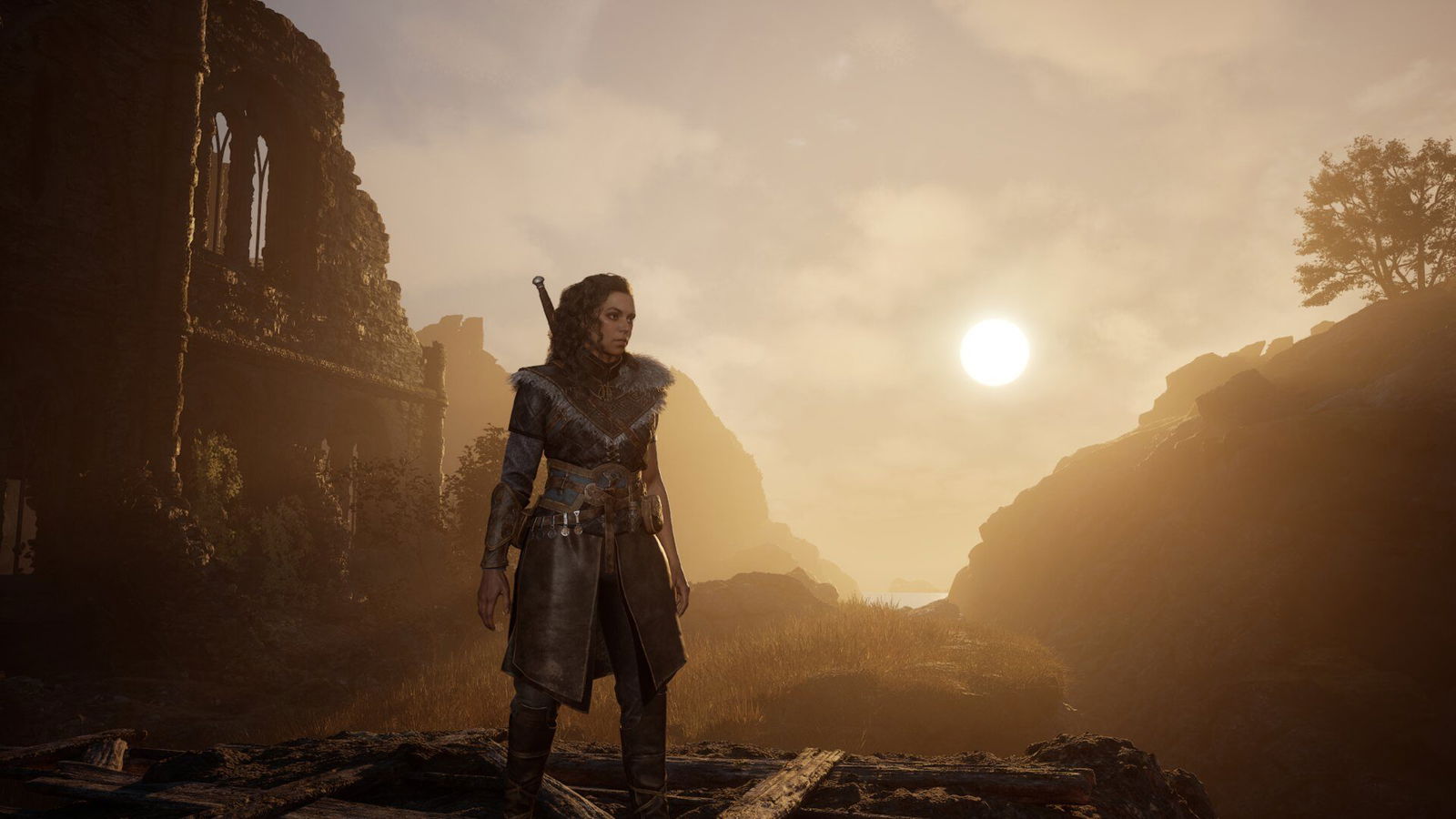
By the end of Echoes of the End, I appreciated all the Icelandic and Nordic influences—from the language, scenery/landscapes, to the aesthetics. The enemy names even had Nordic influences: the Durtar and Glómori, to name a few. The whole aesthetic was like The Lord of the Rings meets a Star Wars Jedi game. A lot of the puzzles and general platforming elements felt like I was playing as Cal Kestis. If anything, Ryn has vestige powers that are like a purple version of the Force. Even the progression of unlocking double-jumping and dashing was similar.
Echoes of the End left an echo in my mind, making it one of my favourite sleeper games of the year. I did not see or hear anything about this game; no marketing was ever pushed. But now, I see the game sells itself once you see it. On average, players will get about 15 hours’ worth out of the game. As a AA-game with a $39.99 price tag, that is not too shabby. The game was a little buggy on launch, but the devs are currently working hard to fix all addressed issues. Looking past the small bugs, this ARPG should not be slept on.
